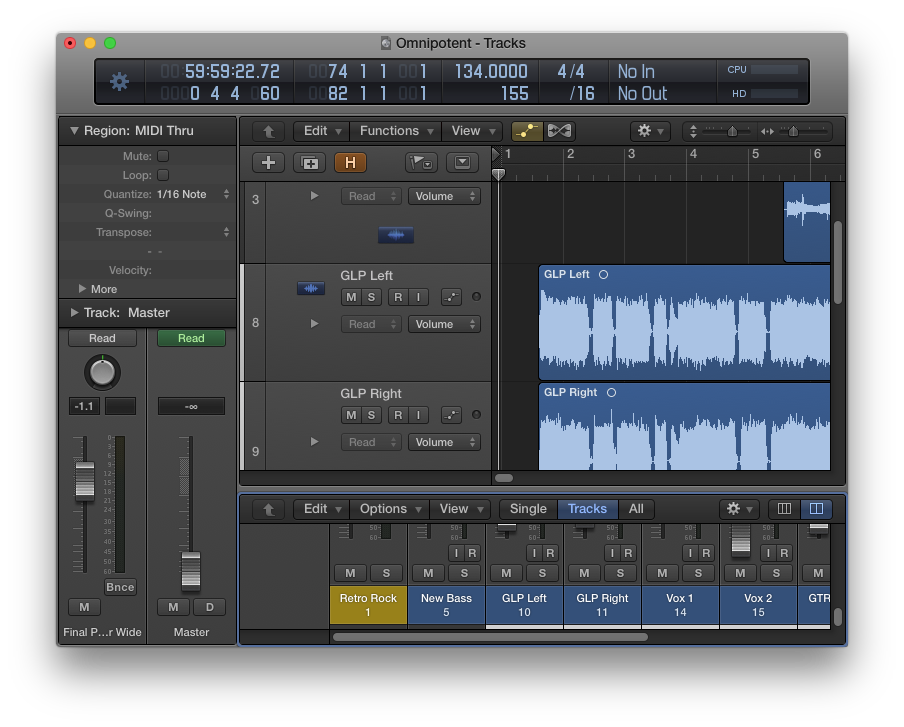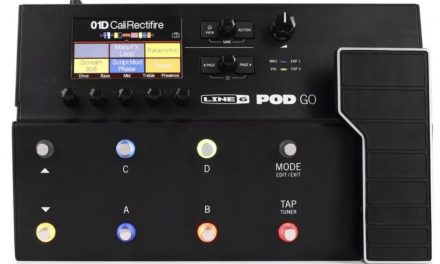“Good morning, class. Today we’re going to talk about timing and feel. If you pick up your guitar for 15 minutes every day and never play with other musicians or even with a metronome or recorded track, you might FEEL that your sense of TIMING is fine, but your timing probably sucks. If you’re not keeping good timing in your practicing, you’re likely not keeping good timing in your performing/recording.”
I got good at playing with backing tracks when I was playing a gig every week or every other week. Haven’t done it in a couple of years and my timing is horrid. How do I know? I made a little 12 bar bass/drums/guitar track in Logic X and then recorded myself soloing/improvising over it for about 2 minutes. Then I listened to it, and it was awful. AWFUL. Huh? I pick up my guitar and play about 15 to 30 minutes ever day and I’ve been playing guitar since 1982. How could my timing be that bad?
But it was. So I’ve gone back to practicing with backing tracks and playing through whole songs instead of noodling solos in Am for 15 minutes. My timing is slowly coming back.
I have an analogy for you. One of my hobbies is to write apps for iOS using an application named LiveCode. To do that, I needed to learn how to code animation. I’d write a repeat loop and in each cycle I’d move an object one or two pixels on the screen. When the loop ran, the object would appear to move. But it was jerky animation, not smooth at all. I took an online class on making games in LiveCode and I was stunned at how smoothly the instructor was animating. Stay with me, my point is almost made.
I had instructed the CPU to move an object in a repeat loop, but the speed of the repeat loop would be affected by everything going on in the CPU at that time – the CPU adjusting the iPad’s clock, running background processes, etc. This was enough to make things rough instead of smooth. In the class I learned how to TIME the loop, so instead of running as fast as it could, I was able to say “Every 1/60 of a second, proceed to the next step in this animation.” This made the animations smooth as silk. Part of the code essentially said “Hey, if you discover you can’t draw the next step of the animation in time, don’t do it… wait until the next 1/60 of a second.” At 60 frames per second, you can drop some frames and people won’t notice. I found I could go as low as 30 frames per second and still get smooth performance.
Playing music is a lot like that. Playing without any timing reference, if I got a little behind, everything I played after that would be a little behind . If you’re improvising over a timing reference, you understand this – you start playing a phrase and discover you’re behind the time, so you pause or you rephrase to get back in time.
Once you can play in time, you can start to play some phrases a teeny bit ahead or behind the beat to establish different feels. That’s pretty advanced… jazz players and blues players have been doing it forever. But you can’t do it unless you already have a great sense of timing. And the best way to get a great sense of timing is to practice playing in time.




